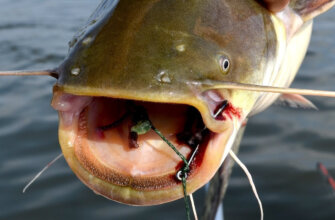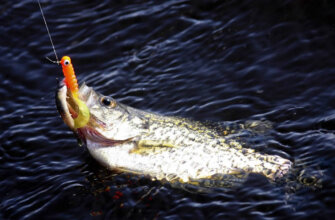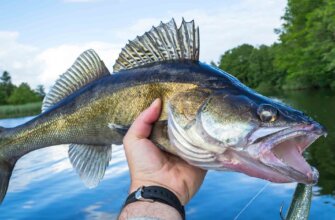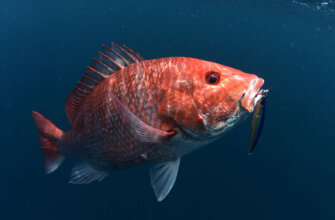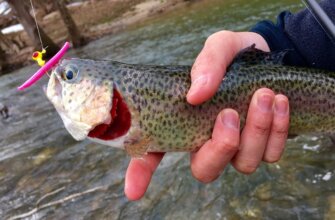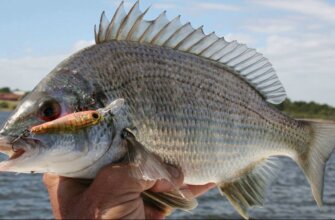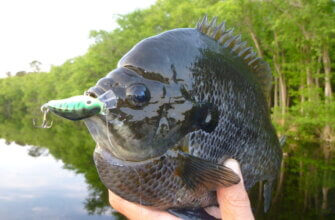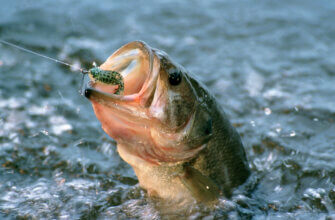Carp fishing is a popular type of angling that specifically targets carp, which are large freshwater fish known for their size, strength, and challenging behavior. Carp fishing has a rich history and is enjoyed by anglers around the world.
10 best carp baits
Here are 10 popular and effective carp baits:
- Sweetcorn. One of the most widely used carp baits, sweetcorn is readily available and can be used straight out of the tin or soaked in various flavors to enhance its attractiveness.
- Boilies. Boilies are round baits made from a mixture of ingredients such as fishmeal, birdseed, and flavorings. They come in different sizes and flavors, and their firm texture makes them last longer in the water.
- Pellets. Carp pellets are compressed pellets made from fishmeal, soybeans, or other ingredients. They come in different sizes and flavors, and their high nutritional content makes them appealing to carp.
- Bread. Bread is a versatile and inexpensive bait option. You can use it as flake or dough, and it can be flavored with additives like garlic or honey to increase its effectiveness.
- Tiger Nuts. Tiger nuts are natural bait that can be soaked to make them softer and release their sugars, making them attractive to carp. They have a nutty flavor and can be used on their own or as part of a baiting strategy.
- Hemp Seed. Hemp seed is highly attractive to carp and can be used as a hook bait or in a groundbait mix. Soaking the seeds overnight and boiling them until they split open increases their effectiveness.
- Particles. Particle baits like chickpeas, kidney beans, or maize can be used to create a bait mix that adds visual and nutritional appeal. They can be used on their own or as part of a spod mix.
- Luncheon Meat. Cubes or slices of luncheon meat can be an effective carp bait, especially when hair-rigged. You can experiment with different flavors and colors to find what works best in your fishing spot.
- Worms. Live or artificial worms can be a great carp bait, particularly in waters where they are naturally present. They can be presented on a hair rig or threaded onto the hook to entice feeding carp.
- PVA Bags. While not a bait itself, PVA (polyvinyl alcohol) bags are used to contain and present bait effectively. They can be filled with a combination of baits such as boilies, pellets, or crushed particles to create an attractive and concentrated feed.
Sweetcorn
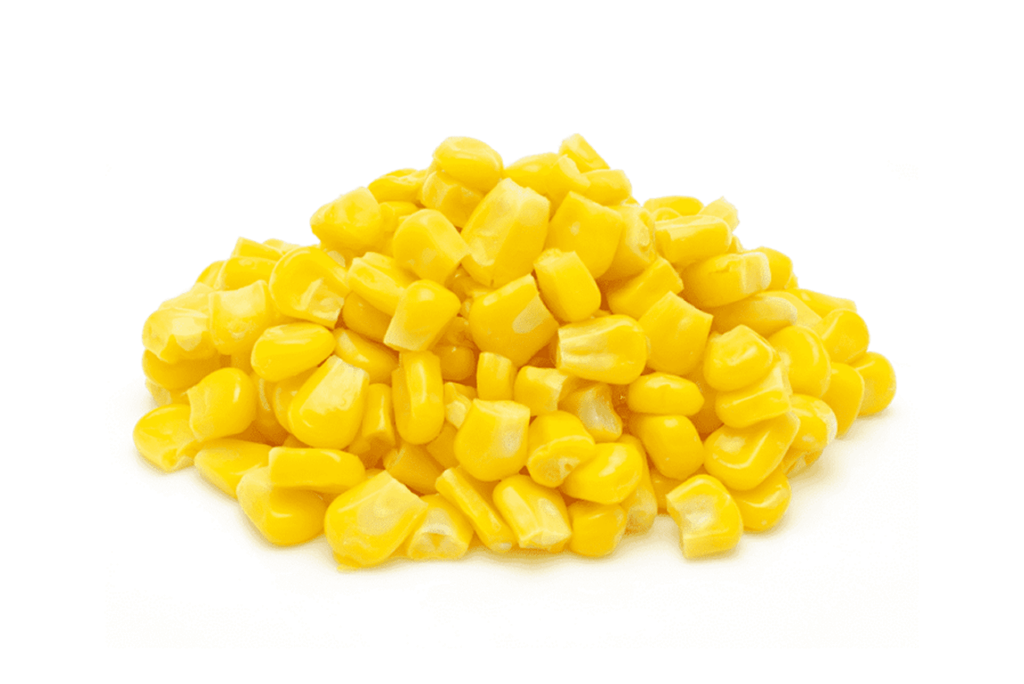
Sweetcorn is a highly effective bait for targeting carp. Its bright color, natural scent, and sweet flavor make it irresistible to carp.
When using sweetcorn for carp fishing, it’s important to prepare the corn properly. You can either use canned sweetcorn or prepare fresh sweetcorn by boiling or steaming it until it’s tender. Allow the sweetcorn to cool before using it as bait. Carp have a strong sense of smell, so adding additional scent to the sweetcorn can increase its attractiveness. You can soak the corn in flavors like strawberry, vanilla, or garlic, or even use commercial carp attractants to enhance its appeal. Rig the sweetcorn on a hook, either directly or using a hair rig, which involves threading a piece of corn onto a short length of fishing line or baiting needle and attaching it to the hook. Cast the sweetcorn into areas where carp are likely to be feeding, such as near underwater vegetation, along the margins, or near submerged structures. Allow the bait to sink to the desired depth and wait for a bite. Carp often take sweetcorn with a strong, deliberate bite, so be prepared for a powerful hookset. Medium to heavy fishing setups with sturdy rods, reels, and strong lines are suitable for carp fishing. Monofilament or braided lines are commonly used for their strength and abrasion resistance.
Experiment with different sizes and colors of sweetcorn, as well as different presentations, such as using multiple kernels or combining it with other baits, to find the most effective approach for the carp in your fishing area. Sweetcorn is a year-round bait option for carp, but it can be particularly productive during the warmer months when carp are actively feeding. Remember to adjust your bait presentation and fishing strategy based on the behavior and preferences of the carp in your fishing area.
Boilies
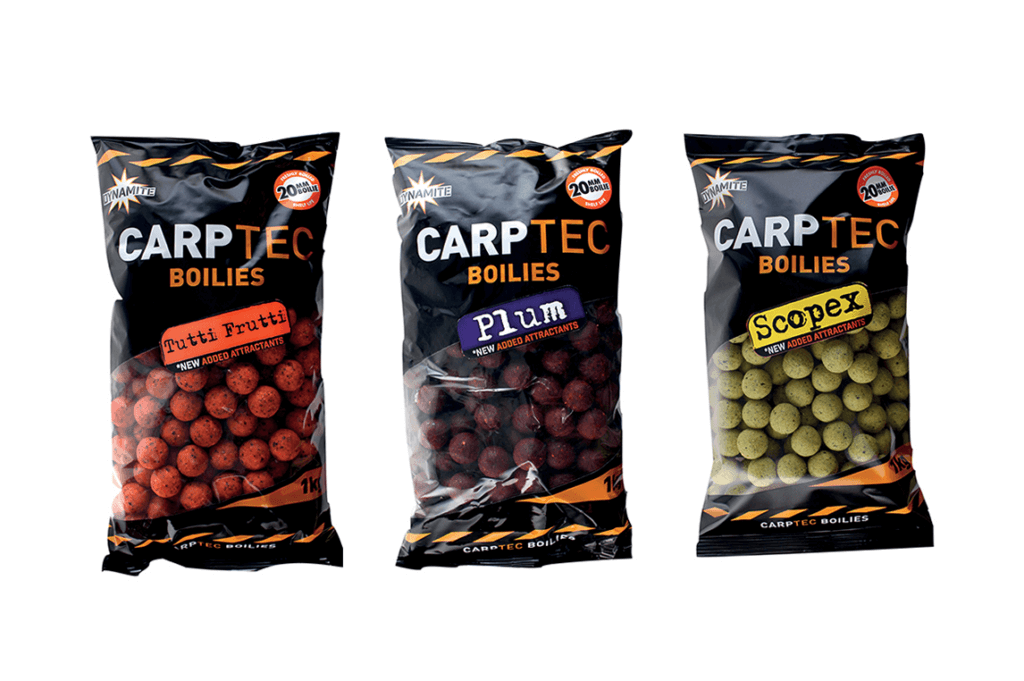
Boilies are highly popular and effective baits for targeting carp. They are round or cylindrical bait balls made from a combination of ingredients such as fishmeal, grains, proteins, and attractants. Boilies come in a variety of sizes, flavors, and colors, allowing anglers to tailor their presentation to the specific preferences of carp.
When using boilies for carp fishing, it’s important to choose the right size and flavor that matches the feeding habits and preferences of the carp in your fishing area. Boilies can be rigged directly onto a hook, or used in combination with hair rigs, which involve threading the boilie onto a short length of fishing line or baiting needle and attaching it to the hook. Carp have a keen sense of smell, so soaking or glugging the boilies in additional flavors or attractants can enhance their effectiveness. Cast the boilies to areas where carp are likely to be feeding, such as near underwater structures, margins, or areas of vegetation. Allow the bait to sink to the desired depth and wait for a bite. Carp often take boilies with a strong, confident bite, so be ready for a powerful hookset. Medium to heavy fishing setups with sturdy rods, reels, and strong lines are suitable for carp fishing. Monofilament or braided lines are commonly used for their strength and abrasion resistance.
Experiment with different sizes, flavors, and presentations to find the most effective approach for the carp in your fishing area. Boilies can be used year-round for carp fishing, but they are particularly productive during periods of active feeding and warmer water temperatures. Remember to adjust your bait presentation and fishing strategy based on the behavior and preferences of the carp in your fishing area.
Pellets
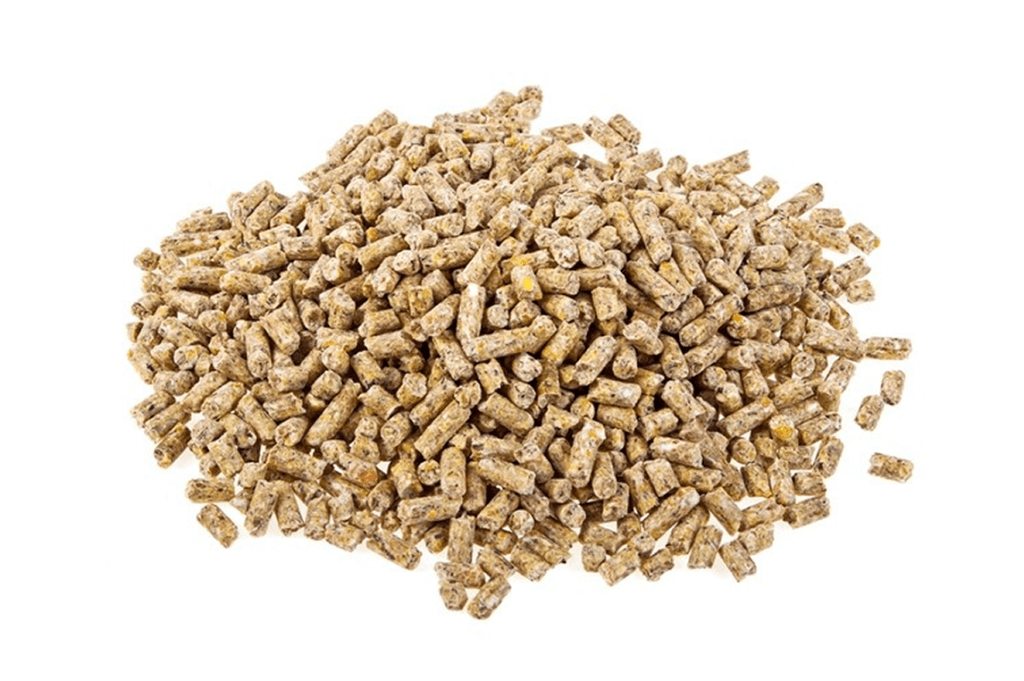
Pellets are a popular and effective bait option for targeting carp. These are compacted and compressed feed pellets typically used in fish farming and aquaculture. Carp are accustomed to feeding on pellets, making them a highly attractive bait choice. Pellets are available in various sizes, from small pellets to larger ones, and they come in a range of flavors and formulations.
When using pellets for carp fishing, it’s important to choose the right size and flavor that matches the preferences of the carp in your fishing area. You can use them straight out of the bag or soak them in water to soften them and release additional attractants. Pellets can be presented in different ways, including on a hair rig, directly on the hook, or used as part of a baiting strategy with a method feeder. Cast the pellets near likely carp feeding areas, such as near submerged structures, margins, or areas of vegetation. Allow the pellets to sink to the desired depth and wait for a bite. Carp are often attracted to the scent and taste of pellets, and they may feed aggressively once they find the bait. Medium to heavy fishing setups with sturdy rods, reels, and strong lines are suitable for carp fishing. Monofilament or braided lines are commonly used for their strength and abrasion resistance.
Experiment with different pellet sizes, flavors, and presentations to find the most effective approach for the carp in your fishing area. Pellets can be used year-round for carp fishing, and they are particularly effective during periods of active feeding. Remember to adjust your bait presentation and fishing strategy based on the behavior and preferences of the carp in your fishing area.
Bread
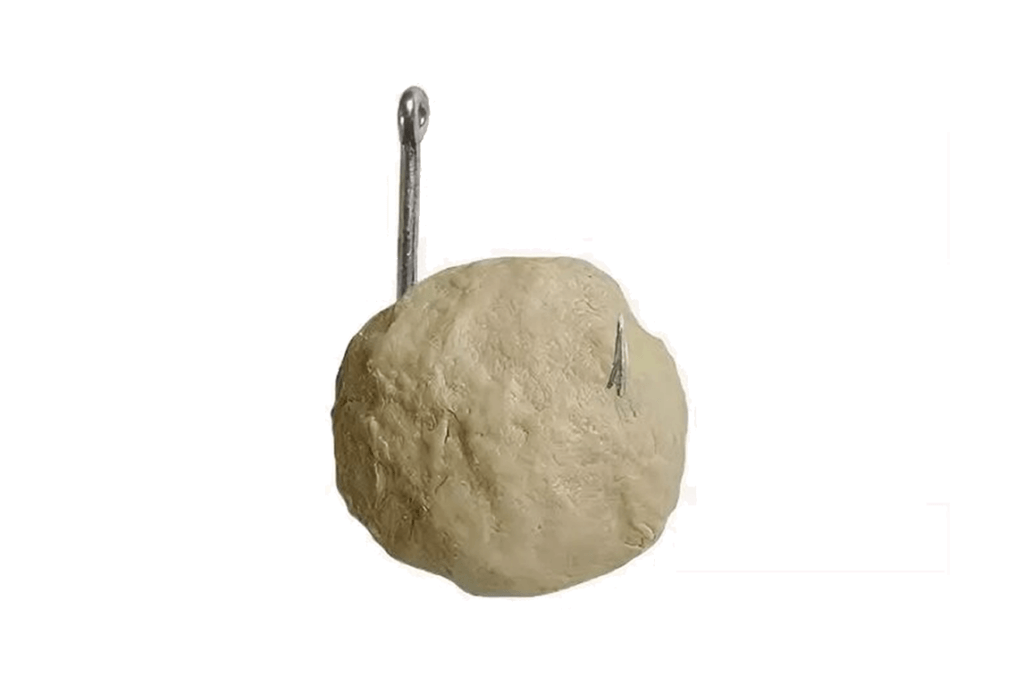
Bread is a simple and effective bait option for targeting carp. It is readily available and affordable, making it a popular choice among anglers.
When using bread for carp fishing, it’s best to use fresh bread that is slightly moist or doughy, as it can be easily molded onto the hook and stays on well during the cast. You can tear or cut the bread into small pieces or use larger chunks, depending on the size of the carp you are targeting. Bread can be presented on a hook directly or used in combination with a hair rig, where a small piece of bread is threaded onto a short length of fishing line or baiting needle and attached to the hook. Carp are attracted to the scent and texture of bread, and they often feed aggressively on it. Cast the bread into areas where carp are likely to be feeding, such as near submerged structures, margins, or areas with vegetation. Allow the bread to sink to the desired depth and wait for a bite. Carp may take the bread with a gentle or aggressive bite, so be prepared for both types of strikes. Light to medium fishing setups with a sensitive rod and reel are suitable for carp fishing with bread. Monofilament or braided lines are commonly used for their versatility.
Experiment with different bread presentations, sizes, and locations to find the most effective approach for the carp in your fishing area. Bread can be used year-round for carp fishing, but it is particularly effective during warmer months when carp are actively feeding near the surface. Remember to adjust your bait presentation and fishing strategy based on the behavior and preferences of the carp in your fishing area.
Tiger Nuts
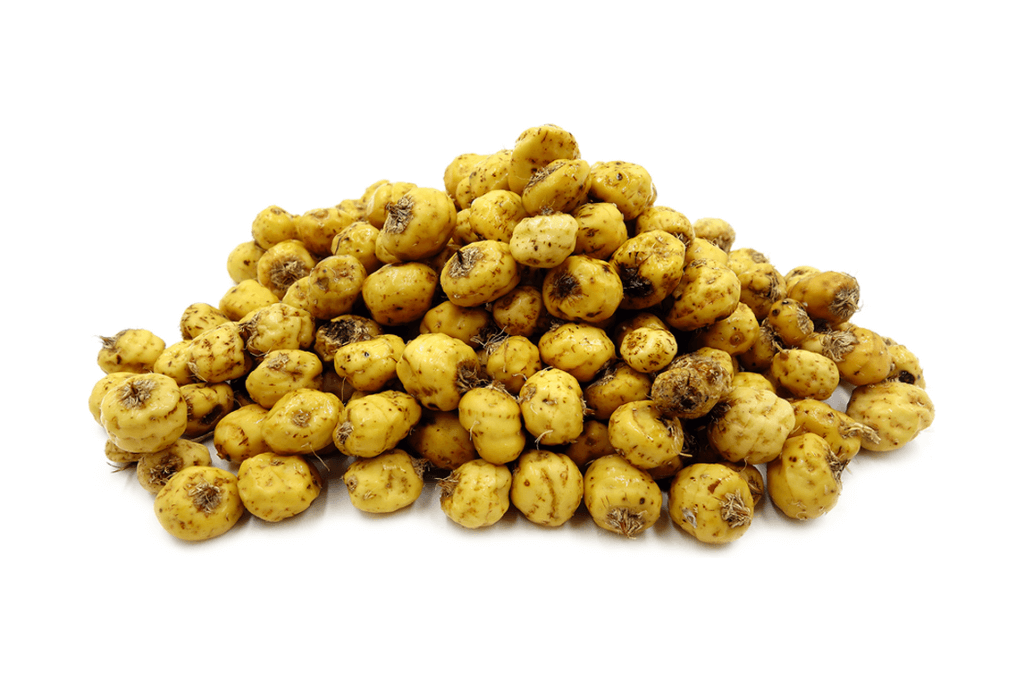
Tiger nuts are a highly popular and effective bait option for targeting carp. Despite their name, tiger nuts are actually small tubers and not nuts. They have a natural sweetness and a distinct aroma that attracts carp. Tiger nuts are available in both soaked and unsoaked forms. Soaked tiger nuts are softer and easier for carp to eat, while unsoaked tiger nuts are harder and require carp to work on them, which can be beneficial for keeping them in your fishing area longer. You can present tiger nuts on a hair rig or directly on the hook, depending on your preference. Hair rigs are commonly used to thread the tiger nut onto a short length of fishing line or baiting needle and attach it to the hook, ensuring a better hooking potential. Carp are attracted to the scent, texture, and taste of tiger nuts, and they can be particularly effective when used as a hookbait or in combination with a PVA bag or mesh to create an attractive feeding area. Cast the tiger nuts near likely carp feeding spots, such as near submerged structures, margins, or areas with vegetation. Allow the bait to sink to the desired depth and wait for a bite. Carp often take tiger nuts with a deliberate bite, so be prepared for a powerful hookset. Medium to heavy fishing setups with sturdy rods, reels, and strong lines are suitable for carp fishing with tiger nuts. Monofilament or braided lines are commonly used for their strength and abrasion resistance.
Experiment with different presentations, sizes, and combinations with other baits to find the most effective approach for the carp in your fishing area. Tiger nuts can be used year-round for carp fishing, and their effectiveness may vary depending on the feeding habits and preferences of the carp. Remember to adjust your bait presentation and fishing strategy based on the behavior and preferences of the carp in your fishing area.
Hemp Seed
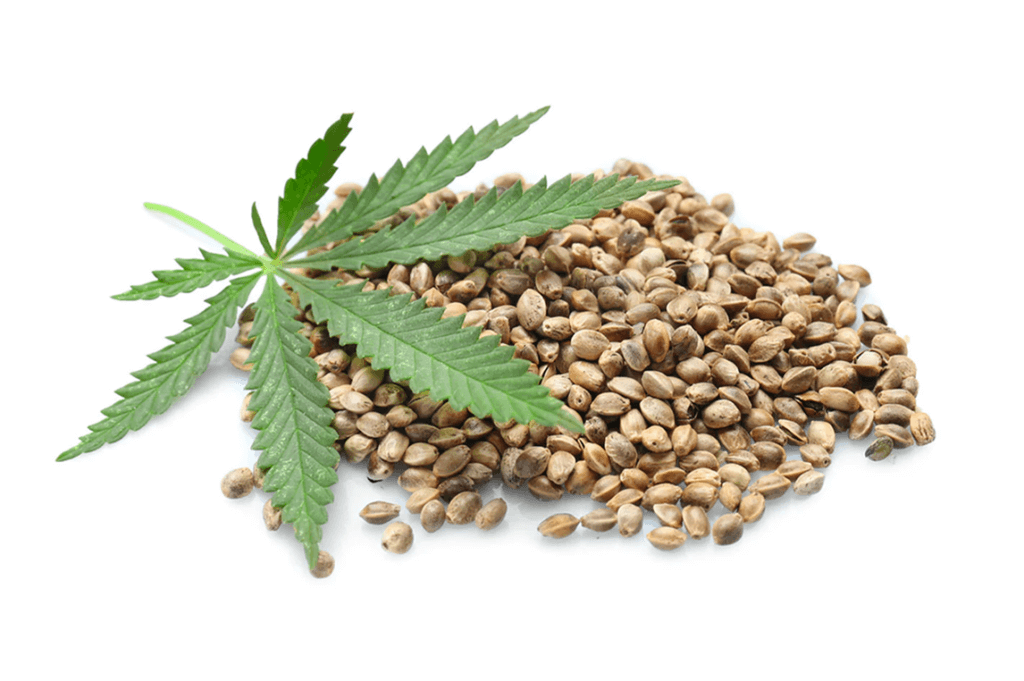
Hemp seed is a popular and effective bait option for targeting carp. It is a small seed that is rich in oils and proteins, making it highly attractive to carp. Hemp seed can be prepared by soaking it in water, which softens the seed and releases its natural attractants. Alternatively, you can cook or boil the hemp seed to make it more digestible for carp.
When using hemp seed for carp fishing, it can be presented in various ways. It can be used as loose feed to create a feeding area, or it can be combined with other baits and groundbait to enhance its effectiveness. Hemp seed can also be used on a hair rig or directly on the hook, either as a single seed or threaded onto a short length of fishing line or baiting needle. Carp are attracted to the scent, taste, and texture of hemp seed, and they often feed eagerly on it. Cast the hemp seed near likely carp feeding areas, such as near submerged structures, margins, or areas with vegetation. Allow the bait to sink to the desired depth and wait for a bite. Carp may take the hemp seed with a delicate bite, so be prepared for subtle strikes. Light to medium fishing setups with sensitive rods and reels are suitable for carp fishing with hemp seed. Monofilament or braided lines are commonly used for their versatility.
Experiment with different presentations, quantities, and combinations with other baits to find the most effective approach for the carp in your fishing area. Hemp seed can be used year-round for carp fishing, and its effectiveness may vary depending on the feeding habits and preferences of the carp. Remember to adjust your bait presentation and fishing strategy based on the behavior and preferences of the carp in your fishing area.
Particles
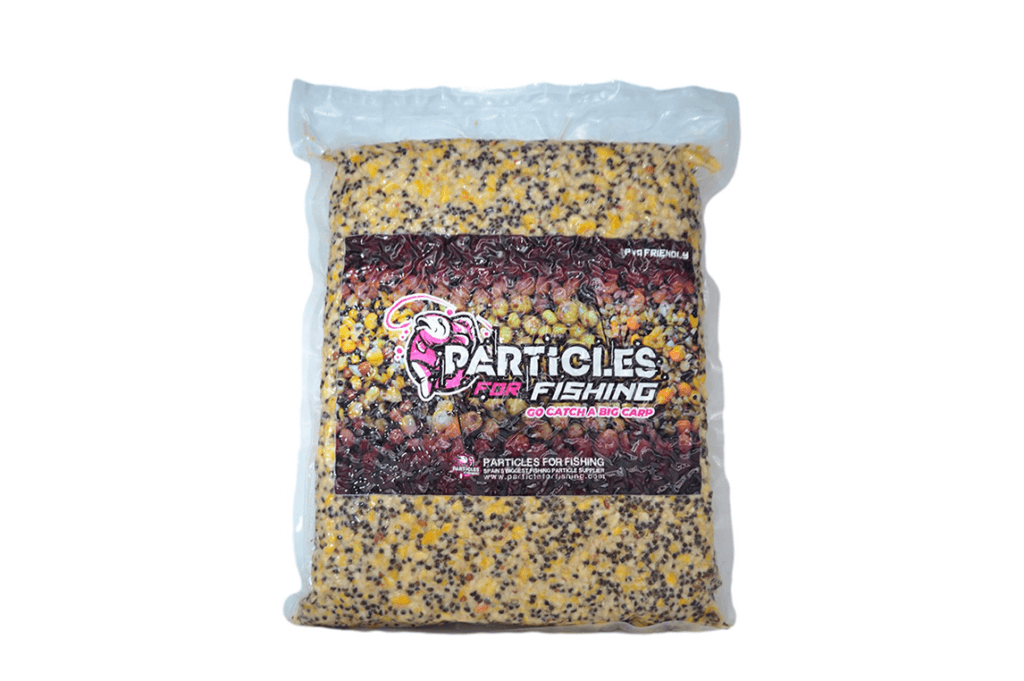
Particles are a versatile and effective bait option for targeting carp. They refer to a range of small edible items that can be used as bait and attractants. Popular particle baits for carp fishing include maize (corn), chickpeas, kidney beans, tiger nuts, hemp seed, and more. Particles can be prepared by soaking or cooking them to soften or release attractants, depending on the specific particle being used. They can be presented in various ways, such as loose feed, in PVA bags or mesh, or combined with groundbait or other baits. Carp are attracted to the scent, texture, and taste of particles, and they often feed eagerly on them. Cast the particles near likely carp feeding areas, such as near submerged structures, margins, or areas with vegetation. Allow the particles to sink to the desired depth and wait for a bite. Carp may take the particles with different levels of aggression, so be prepared for a range of strikes. The choice of fishing setup, line strength, and hook size will depend on the specific particle being used and the size of the carp you are targeting.
Experiment with different particle combinations, presentations, and quantities to find the most effective approach for the carp in your fishing area. Particle baits can be used year-round for carp fishing, and their effectiveness may vary depending on the feeding habits and preferences of the carp. Remember to adjust your bait presentation and fishing strategy based on the behavior and preferences of the carp in your fishing area.
Luncheon Meat
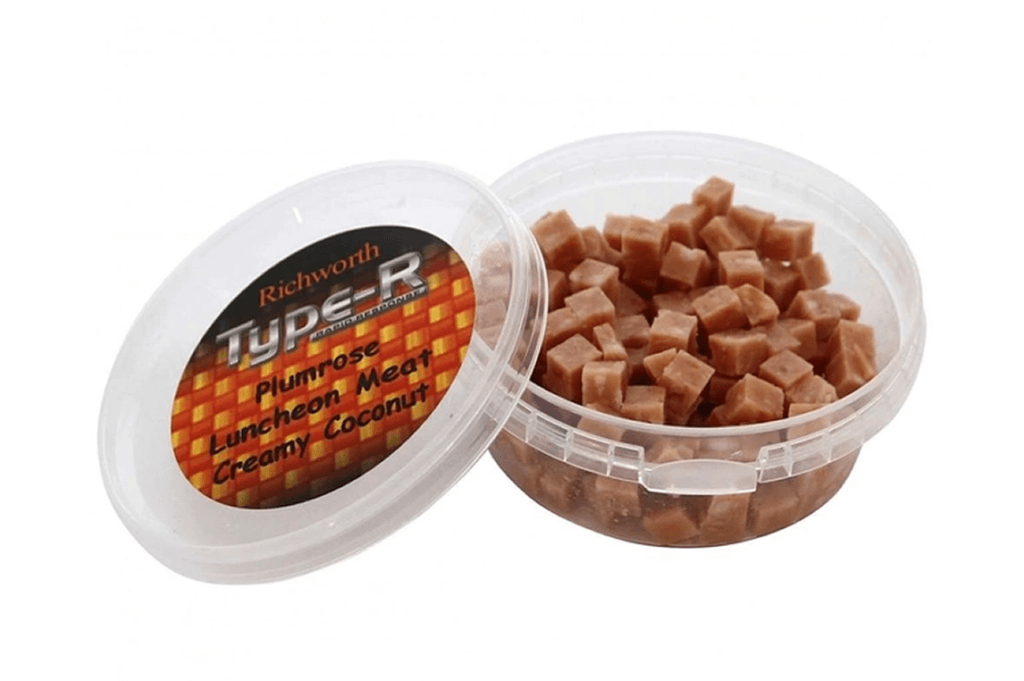
Luncheon meat is a popular and effective bait option for targeting carp. It is a processed meat product that comes in various flavors and can be easily cut into small cubes or slices. Luncheon meat is known for its strong scent and taste, which can attract carp from a distance.
When using luncheon meat for carp fishing, it can be presented on a hair rig or directly on the hook. Hair rigs are commonly used, where a small cube or slice of luncheon meat is threaded onto a short length of fishing line or baiting needle and attached to the hook. Carp are attracted to the scent, taste, and texture of luncheon meat, and they often feed aggressively on it. Cast the luncheon meat near likely carp feeding areas, such as near submerged structures, margins, or areas with vegetation. Allow the bait to sink to the desired depth and wait for a bite. Carp may take the luncheon meat with a powerful bite, so be prepared for strong hooksets. Medium to heavy fishing setups with sturdy rods, reels, and strong lines are suitable for carp fishing with luncheon meat. Monofilament or braided lines are commonly used for their strength and durability.
Experiment with different flavors and sizes of luncheon meat to find the most effective approach for the carp in your fishing area. Luncheon meat can be used year-round for carp fishing, and its effectiveness may vary depending on the feeding habits and preferences of the carp. Remember to adjust your bait presentation and fishing strategy based on the behavior and preferences of the carp in your fishing area.
Worms
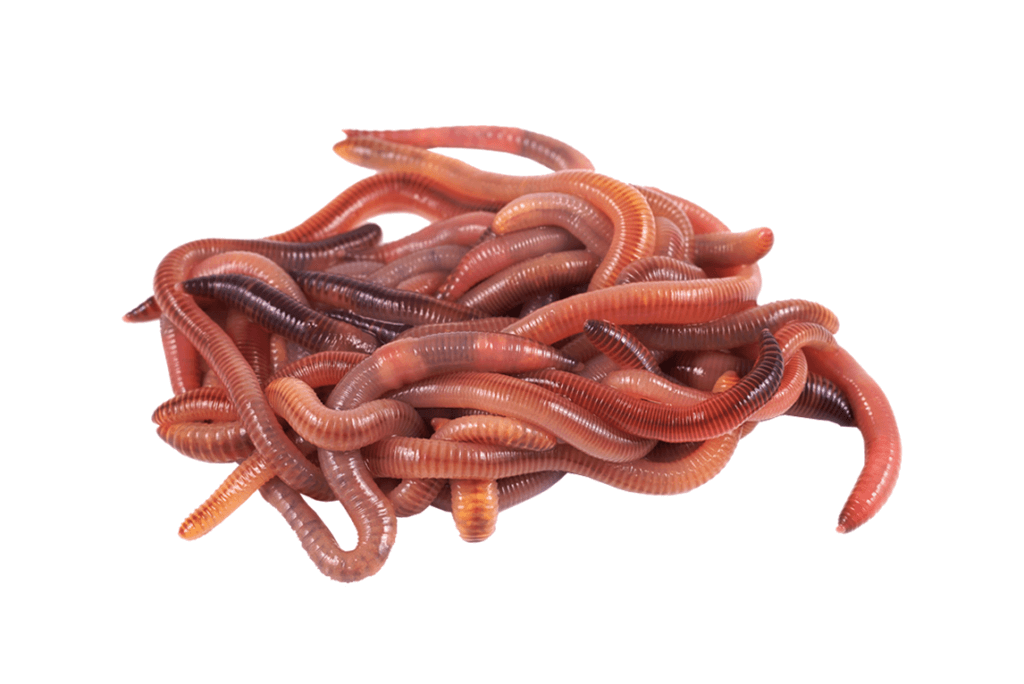
Worms are a classic and effective bait option for targeting carp. They are natural and readily available, making them a popular choice among anglers. Worms can be presented on a variety of rigs, such as a simple hook and split shot setup or a more advanced rig like a hair rig. Carp are attracted to the scent, movement, and taste of worms, and they often feed eagerly on them. Cast the worms near likely carp feeding areas, such as near submerged structures, margins, or areas with vegetation. Allow the bait to sink to the desired depth and wait for a bite. Carp may take the worms with a subtle bite, so be prepared for delicate strikes. Light to medium fishing setups with sensitive rods and reels are suitable for carp fishing with worms. Monofilament or braided lines are commonly used for their versatility.
Experiment with different worm sizes and presentations to find the most effective approach for the carp in your fishing area. Worms can be used year-round for carp fishing, and their effectiveness may vary depending on the feeding habits and preferences of the carp. Remember to adjust your bait presentation and fishing strategy based on the behavior and preferences of the carp in your fishing area.
PVA Bags
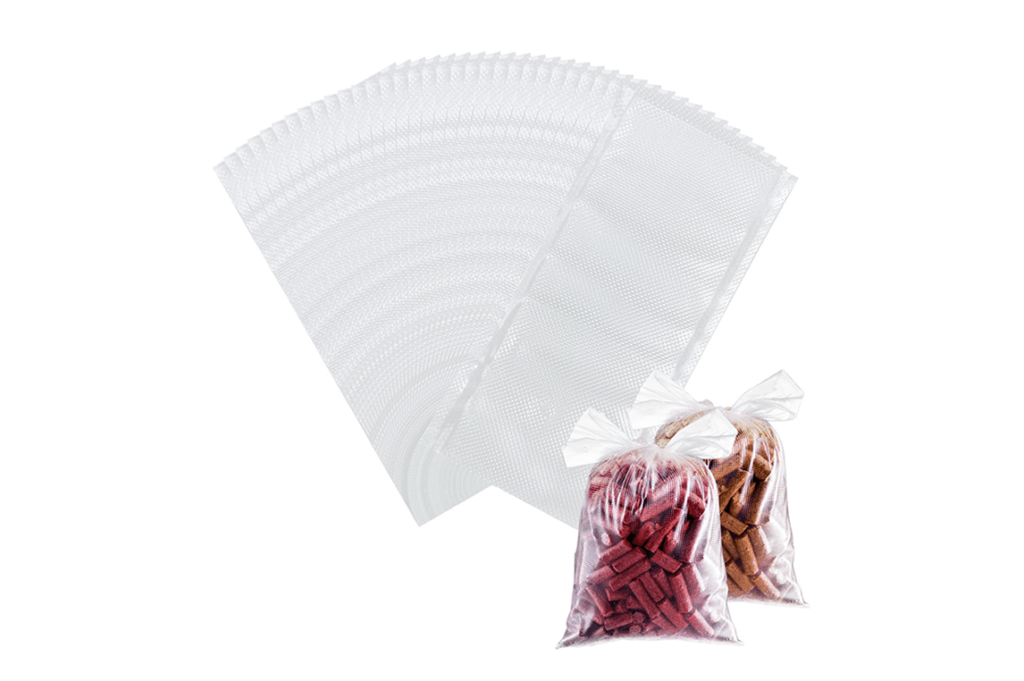
PVA (Polyvinyl Alcohol) bags are a useful tool in carp fishing. They are small, water-soluble bags that can be filled with bait and then cast into the water. PVA bags are designed to dissolve quickly in water, leaving the bait exposed and attracting carp to the area. These bags can be filled with a variety of baits, such as pellets, particles, groundbait, or boilies, depending on your preference and fishing conditions. To use PVA bags for carp fishing, simply fill the bag with your chosen bait, seal it tightly, and attach it to your fishing rig. When the bag is cast into the water, it will begin to dissolve, releasing the contents and creating a concentrated area of attraction. This can be particularly effective when fishing at longer distances or in areas with high water currents, as it helps to ensure that the bait remains intact until it reaches the target area. PVA bags are available in different sizes, allowing you to customize the amount of bait you use and the rate at which it is dispersed. They can be used in combination with other baiting techniques or as a standalone method, depending on your fishing approach.
Experiment with different bait combinations and bag sizes to find what works best for the carp in your fishing area. PVA bags are a versatile and convenient way to deliver bait to specific spots and increase your chances of attracting carp.

